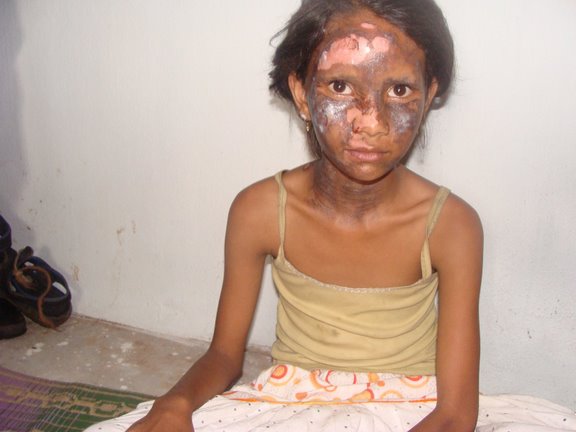Child Abuse
What Are the Signs of Child Abuse?
Child abuse can take many forms, including physical abuse, emotional abuse, sexual abuse, and neglect. Recognizing the signs of child abuse is crucial to protecting children and ensuring their safety and well-being. Some common signs and symptoms of child abuse may include:
- Physical abuse:
- Unexplained bruises, welts, burns, or other injuries
- Frequent injuries or injuries in different stages of healing
- Unexplained fractures or sprains
- Fear of going home or being around a specific person
- Aggressive or withdrawn behavior
- Avoidance of physical contact or fear of physical contact
- Reluctance to change clothes or participate in activities that expose their body
- Emotional abuse:
- Low self-esteem or self-worth
- Extreme withdrawal or shyness
- Inappropriate emotional responses (e.g., lack of emotions or overly mature behaviors)
- Developmental delays or regression
- Fear of trying new things
- Difficulty forming relationships
- Self-harm or suicide attempts
- Sexual abuse:
- Inappropriate sexual knowledge or behavior for their age
- Genital or anal injuries, bruises, or bleeding
- Difficulty sitting or walking
- Avoidance of specific places or people
- Nightmares or bedwetting
- Changes in eating habits or unexplained weight loss
- Sexually transmitted infections (STIs)
- Neglect:
- Poor hygiene or inappropriate dress for the weather
- Unattended medical or dental needs
- Consistent hunger or inappropriate weight for age
- Frequent illness or untreated medical conditions
- Frequent absenteeism or lateness from school
- Lack of supervision or being left alone for long periods
- Inadequate clothing, shelter, or basic care needs
It’s important to note that these signs and symptoms alone may not definitively indicate child abuse, as there may be other reasons for such behaviors or injuries. However, if you suspect that a child is being abused or neglected, it is important to report your concerns to the appropriate authorities, such as child protective services or law enforcement, so that they can investigate and ensure the child’s safety.
What are the types of child abuse?
Child abuse can take several different forms, and it is important to recognize the different types in order to protect children and provide appropriate interventions. The main types of child abuse include:
- Physical abuse: Physical abuse involves intentional harm or injury to a child by a parent, caregiver, or other person in a position of authority. This can include hitting, kicking, shaking, burning, or other forms of physical violence that cause bodily harm or injury to the child.
- Emotional or psychological abuse: Emotional abuse refers to behaviors and actions that harm a child’s emotional well-being, self-esteem, and mental health. This can include verbal abuse, humiliation, threats, rejection, isolation, or constant criticism that undermines the child’s emotional and psychological development.
- Sexual abuse: Sexual abuse involves any form of sexual activity or contact with a child without their consent. This can include molestation, rape, incest, pornography, or any other sexual exploitation of a child. Sexual abuse can cause significant emotional and psychological trauma and may have long-lasting effects on the child’s well-being.
- Neglect: Neglect occurs when a caregiver fails to provide for a child’s basic needs, such as food, shelter, clothing, education, medical care, supervision, and emotional support. Neglect can be physical (e.g., lack of food or adequate housing), emotional (e.g., lack of attention or affection), or educational (e.g., failure to enroll a child in school).
- Child exploitation: Child exploitation involves using a child for financial gain, labor, or other purposes that harm the child’s well-being and violate their rights. This can include child labor, child trafficking, child marriage, or involvement in illegal activities.
- Witnessing domestic violence: Children who witness domestic violence between parents or caregivers can experience emotional distress, trauma, and psychological harm, even if they are not directly victims of the violence. Witnessing violence can have lasting effects on a child’s mental health and well-being.
It is important to recognize the signs and symptoms of child abuse and to take action to protect children from harm. If you suspect that a child is being abused or neglected, it is crucial to report your concerns to the appropriate authorities, such as child protective services or law enforcement, so that they can investigate and ensure the child’s safety.




